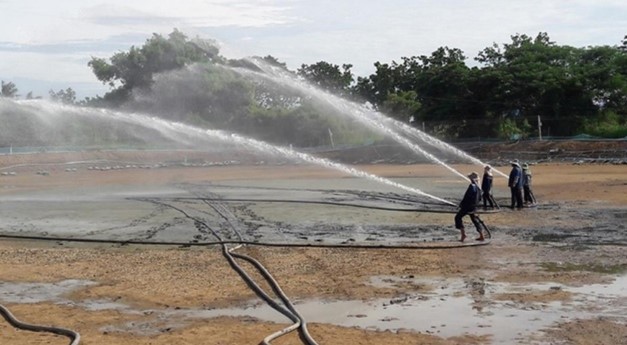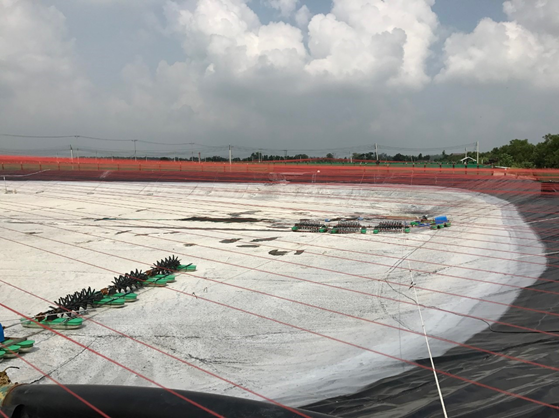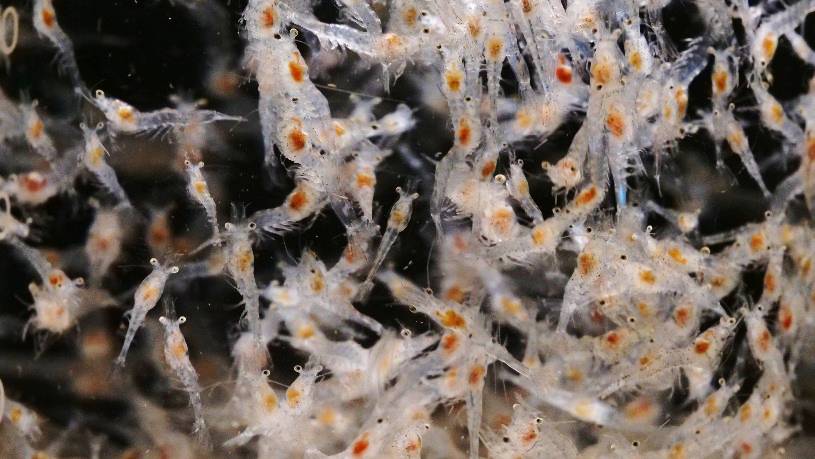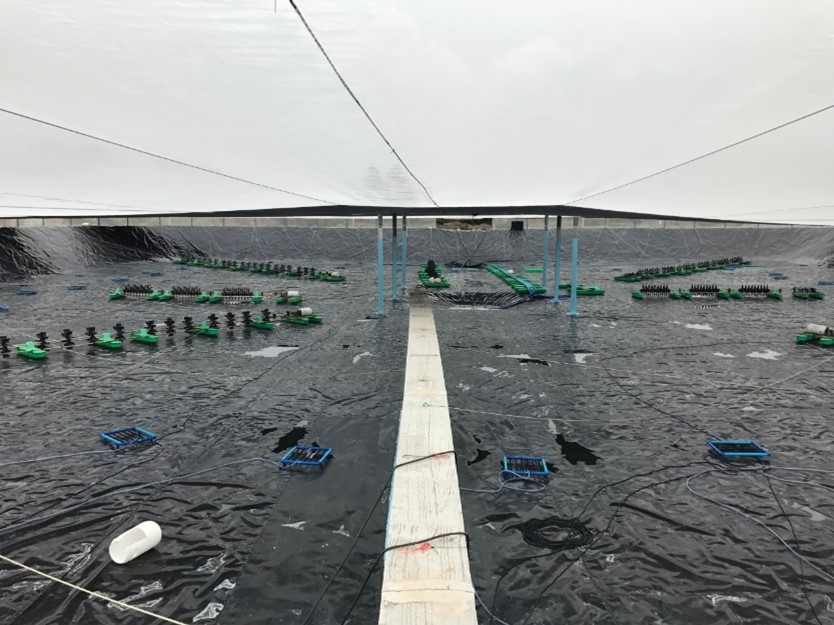How to Raise Vannamei Shrimp for a High Survival Rate!
The survival rate of Vannamei shrimp, also known as Litopenaeus vannamei or Penaeus vannamei, depends on several factors. The most important factors are proper management and good breed selection. As a farmer, starting with the right selection is essential to achieving the desired success. Choosing the right breed that suits the farmer’s needs can pave the way to a successful farming operation and help achieve the desired goals more easily.
การเลือกสายพันธุ์ที่ดีเป็นจุดเริ่มต้นที่ทำให้การเลี้ยงกุ้งสามารถไปสู่จุดหมายได้ง่ายยิ่งขึ้น
การปล่อยลูกกุ้งขาว PL (Post larva) ในบ่อดินให้มีอัตราการรอดสูง เราจำเป็นจะต้องให้ความสำคัญแก่ การเตรียมบ่อ และการเตรียมน้ำ เพราะสิ่งแวดล้อมที่กุ้งอยู่จะต้องสะอาด เพื่อที่จะให้ลูกกุ้งแข็งแรง และโตได้ไวตามระยะเวลาที่กำหนด จึงจะสามารถสร้างรายได้ให้กับเราได้อย่างมีประสิทธิภาพ
1. Pond Preparation
Earthen Ponds
For earthen ponds, it is important to prepare the pond before stocking new shrimp. The pond should be thoroughly dried for at least 15 days to break the cycle of disease. Sprinkle lime all over the pond, including the edges and slopes, at a rate of 500 kilograms per rai (0.4 acres) to disinfect the area. If the pond cannot be completely dried, increase the amount of lime as appropriate. Leave the pond for 1-2 days before adding water and shrimp.
PE-lined Ponds
For PE-lined ponds, dry the pond for at least 7 days and clean it with dish soap or iodine (100 ppm or 100 ml per cubic meter of water). Disinfect the bottom of the pond by maintaining the pH of the water at 10-12. Add 2 kg of lime and let it sit for 24 hours. After 24 hours, rinse with clean water and dry the pond for at least 3 days before stocking shrimp.
Preparing Water with a Separate Disinfection Pond
Preparing clean and clear water is an important step in stocking vannamei PLs. If there is a separate disinfection pond, raw water should be filtered through a three-layered filter net and treated with 70% chlorine powder at a rate of 40 kg per rai of water, 1 meter deep. Ensure thorough mixing and wait until the chlorine is neutralized. Transfer the clear water into the shrimp pond and add mineral supplements to adjust the water quality. The alkalinity should be 100-150 mg/l, and the pH should be 7.5-8.5. Adjust the ratio of calcium, magnesium, and potassium to 1:2:1 for fresh water or 1:3:1 for high salinity water, depending on the salinity and location. Use synthetic dyes to block light penetration, reduce stress on the shrimp, and increase the survival rate when first release Vannamei PLs into the pond for good acclimation.

2. Using a Shrimp Pond for Disinfection
When using a culture pond for both disinfection and culture, filter the water through a three-layered filter net and add chlorine directly to the inflowing water, allowing chlorine to homogeneously mix with the raw water . Use 70% chlorine powder at the same rate of 40 kg per rai of water, 1 meter deep. After the chlorine is neutralized, adjust the water quality parameters as described above, and use synthetic dyes to prevent light stress on the shrimp.

3. Selection of Quality Vannamei Shrimp Larvae
Selecting quality shrimp larvae is another important factor in successful shrimp farming. Farmers should select strains that align with their management system, whether they are fast-growing or hardy. Before receiving shrimp larvae, request a disease inspection certificate from the farm or any other reliable organization to confirm that the shrimp have been PCR tested and are disease-free, ensuring a safe start.
The ideal size for releasing shrimp larvae is PL12 (6 mm or more), as they can find feed faster, present in a feeding tray faster, and grow faster than smaller shrimp. Additionally, these shrimp are strong enough to escape from predators, resulting in a higher survival rate. Before releasing the shrimp, acclimate them by placing a sample in the pond water for at least 24 hours to ensure they can adapt to the new environment and confirm that no harmful chemicals are present.

4. Good Management Practices
Good management practices involve maintaining excellent water quality because shrimp live in water, and water quality directly affects their health. During cultivation, the dissolved oxygen level should not be less than 4 ppm, with ammonia and nitrite levels kept as low as possible. The alkalinity should be maintained at 80-100 ppm. Installing a sediment pump to operate hourly helps reduce waste accumulation, and changing the water during cultivation can improve pond conditions, promoting faster shrimp growth.

If you want good quality Siamese shrimp larvae, contact 081-375-5684